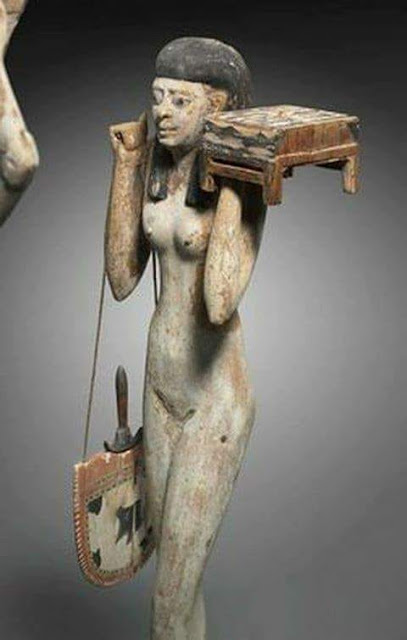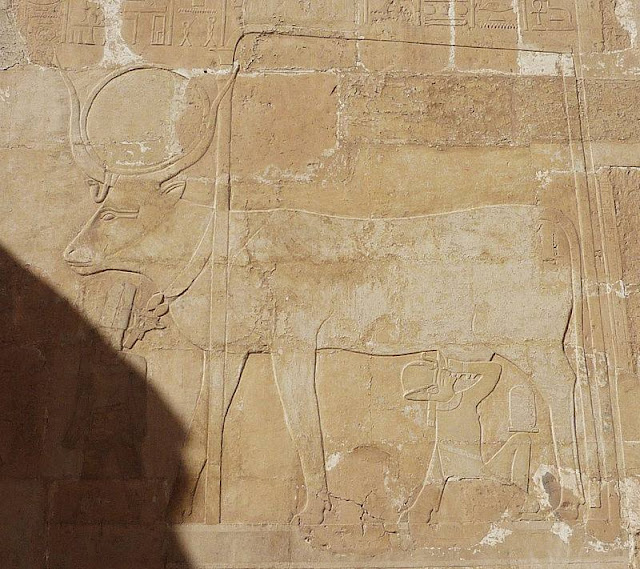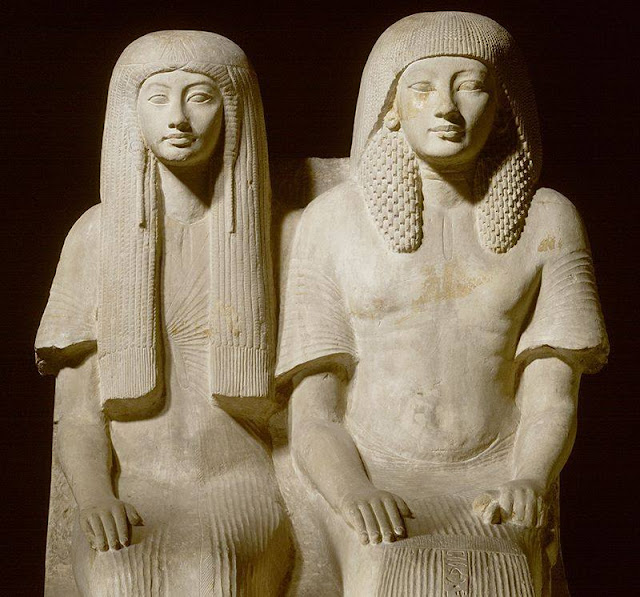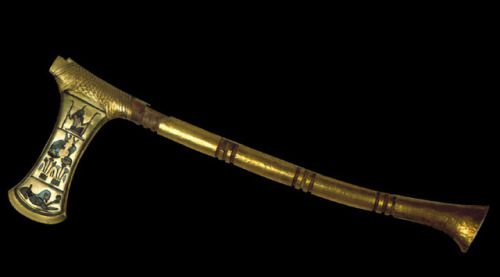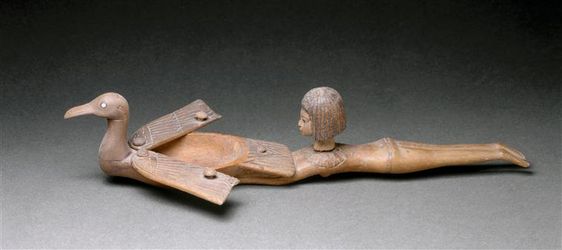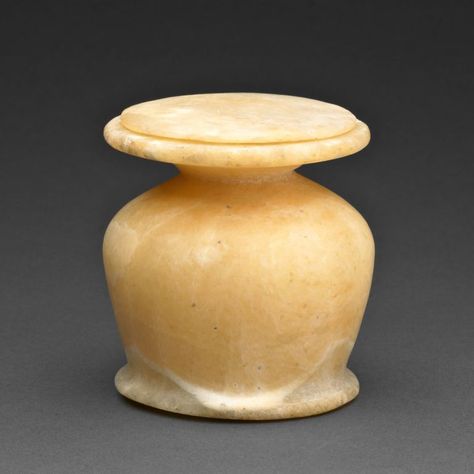She is the great royal wives (or main wife) of Ramses II Nefertari, meaning beautiful accompaniment and translates the name in a different sense to the "unparalleled beloved" or "beautiful beautiful women of the world" or she is similar to the star that appears at the beginning of a new year.
"Nefertari is one of the most famous Egyptian queens
Like Cleopatra, Nefertiti, and Hatshepsut, the great Ramses mausoleum of Nefertari is extravagant and is the largest and most prominent in the Valley of the Queens.
Its position
Nefertari was the most famous and most important wife of King Ramses II
Who lived in the era of the nineteenth family in the 13th century BC.
Among his other wives, Isis Nofert and Maat Hoor Nafro Ra, and Princess Hati, numbered approximately 114 daughters and one son.
His children were among them: Bintanath and Marit Aman (princesses, wives, and fathers), Sennakht, King Mernahitah (who succeeded him), and Prince Khaa Um Umm West.
"Nefertari gave birth to many children to Ramses, but none of them lived like his father. She sanctified Nefertari like her husband and was not the first to carry this preference, because the queen" Ahmos-Nefertari "preceded her,
Dean of the Eighteenth Dynasty, whom the ancient Egyptians deified according to their beliefs
And she deservedly what her husband Ramses II Ali wrote to her
The walls of the small Abu Simbel temple, which he dedicated to her, said:
"This effect is dedicated to his master, Delta and Upper Egypt. Beautiful, natured, Nefertari, for which the sun rises."
Its origins
"It appears that Queen Nefertari is descended from Nubian origins and was a member of a noble family while Nefertari was the Queen her brother Aminos was the mayor of Thebes at the age of thirteen she married Nefertari Ramses at the age of fifteen Ramses ascended to the throne and Nefertari remained the most important wife of the king of eight wives in Upper Egypt For a period of not less than the next twenty years from 1240 BC ""
